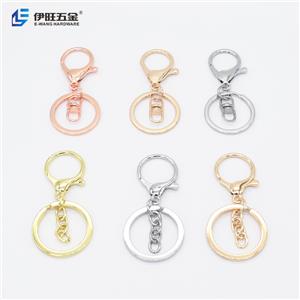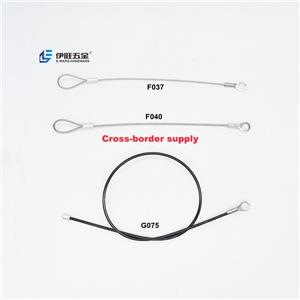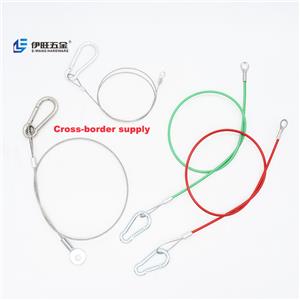What is wire rope assembly with hook
Today, let me introduce what is wire rope assembly with hook.
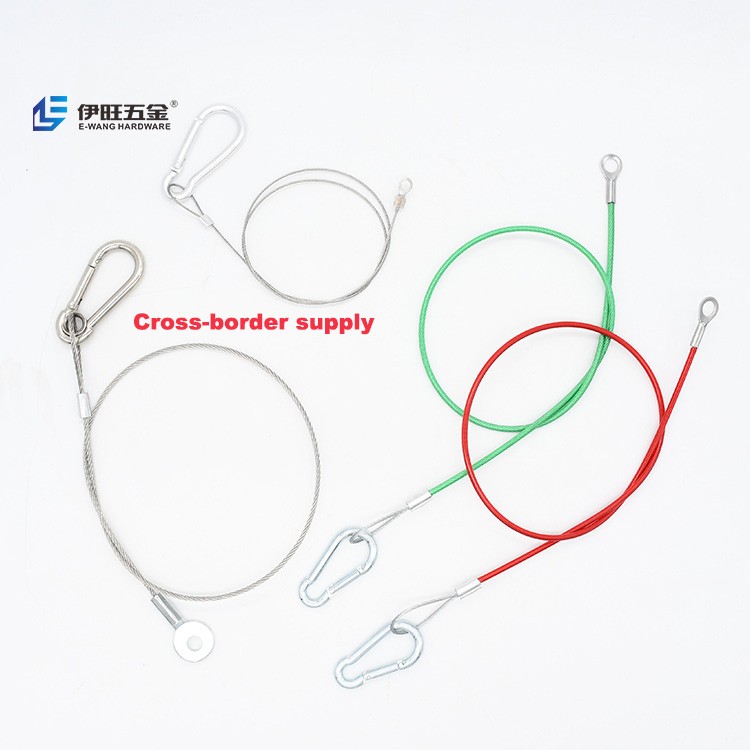
Wire rope, also known as steel cable, is composed of multiple strands of wire twisted together to form a flexible and strong rope. It is typically made from high-strength steel, providing excellent resistance to tension, bending, abrasion, and fatigue. The wire rope's construction and material properties make it suitable for heavy-duty applications that require durability and load-bearing capacity.
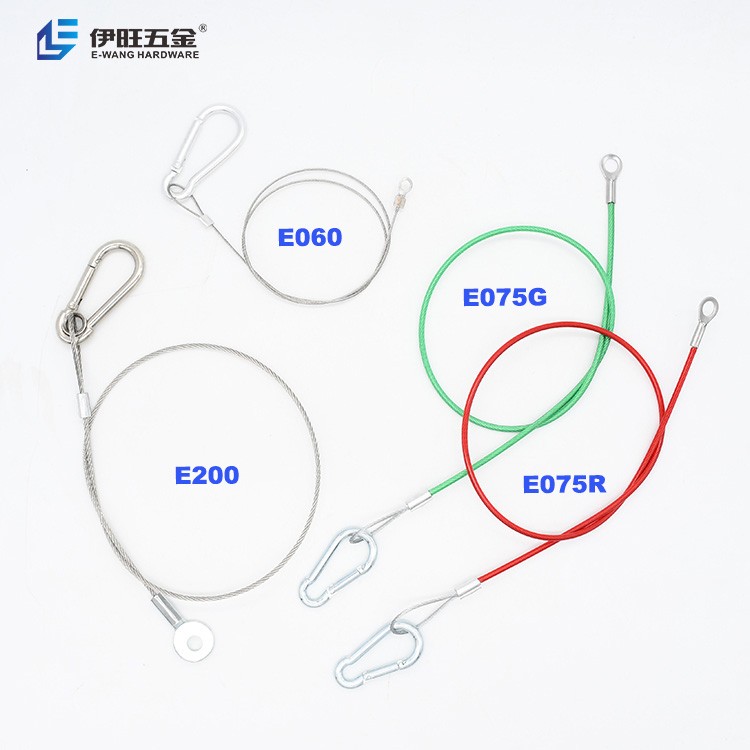
The hook attached to the wire rope assembly is an important component that enables the connection and manipulation of loads. The hook is typically made of forged steel, providing high strength and reliability. It features a curved shape with a latch or safety catch to prevent accidental disengagement of the load. The hook's design may vary depending on the specific application, with options such as swivel hooks, grab hooks, or self-locking hooks.
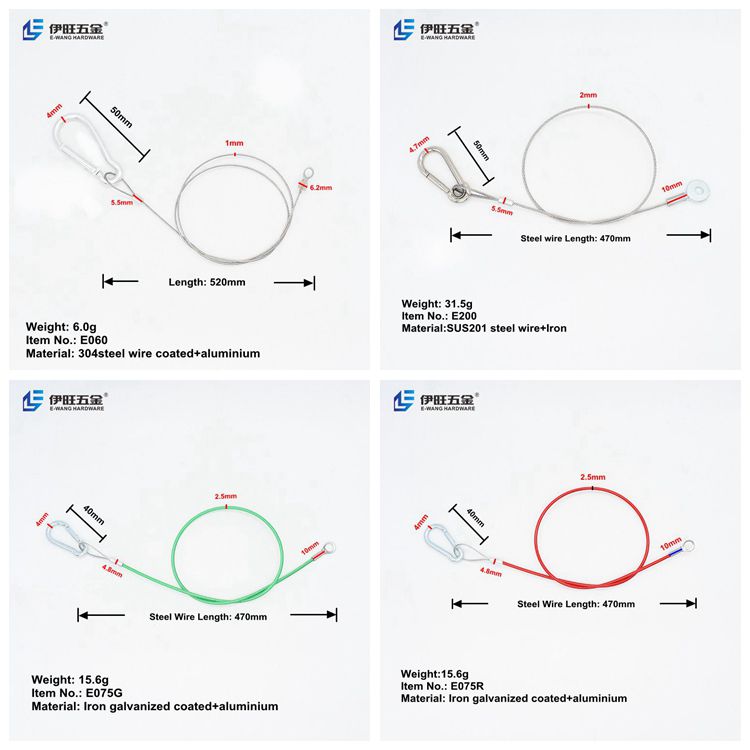
To use a wire rope assembly with a hook, follow these general steps:
1. Inspect the wire rope assembly: Before each use, visually inspect the wire rope for signs of wear, damage, or deformation. Check for broken wires, kinks, or corrosion. Ensure that the hook's latch or safety catch is functioning correctly.
2. Determine the load requirements: Consider the weight, shape, and size of the load you intend to lift or secure. Ensure that the wire rope assembly's working load limit (WLL) is sufficient to handle the load. The WLL should be clearly marked on the assembly.
3. Attach the hook to the load: Position the hook in a suitable location on the load. Ensure that the hook's latch or safety catch is open. Engage the hook with a secure connection point on the load, such as an eyelet or a designated lifting point.
4. Close the hook's latch or safety catch: Once the hook is securely attached to the load, close the latch or safety catch to prevent accidental release. Verify that the latch is fully engaged and properly secured.
5. Apply tension or lift the load: Use appropriate machinery, equipment, or manual force to apply tension to the wire rope assembly. Ensure that the load is lifted smoothly and evenly, avoiding sudden movements or jerks that could damage the wire rope or cause instability.
6. Monitor the load and wire rope: During lifting or load securing, keep an eye on the wire rope assembly and the load. Watch for any signs of excessive stress, deformation, or movement. If any abnormalities are detected, stop the operation and reassess the situation.
7. Lower or release the load: Once the load has been transported or secured as required, carefully lower or release the load by gradually releasing tension or disconnecting the wire rope assembly from the load.
8. Proper storage and maintenance: After use, store the wire rope assembly in a clean, dry location away from moisture, chemicals, or extreme temperatures. Regularly inspect and maintain the assembly according to manufacturer guidelines to ensure its continued safe and reliable operation.
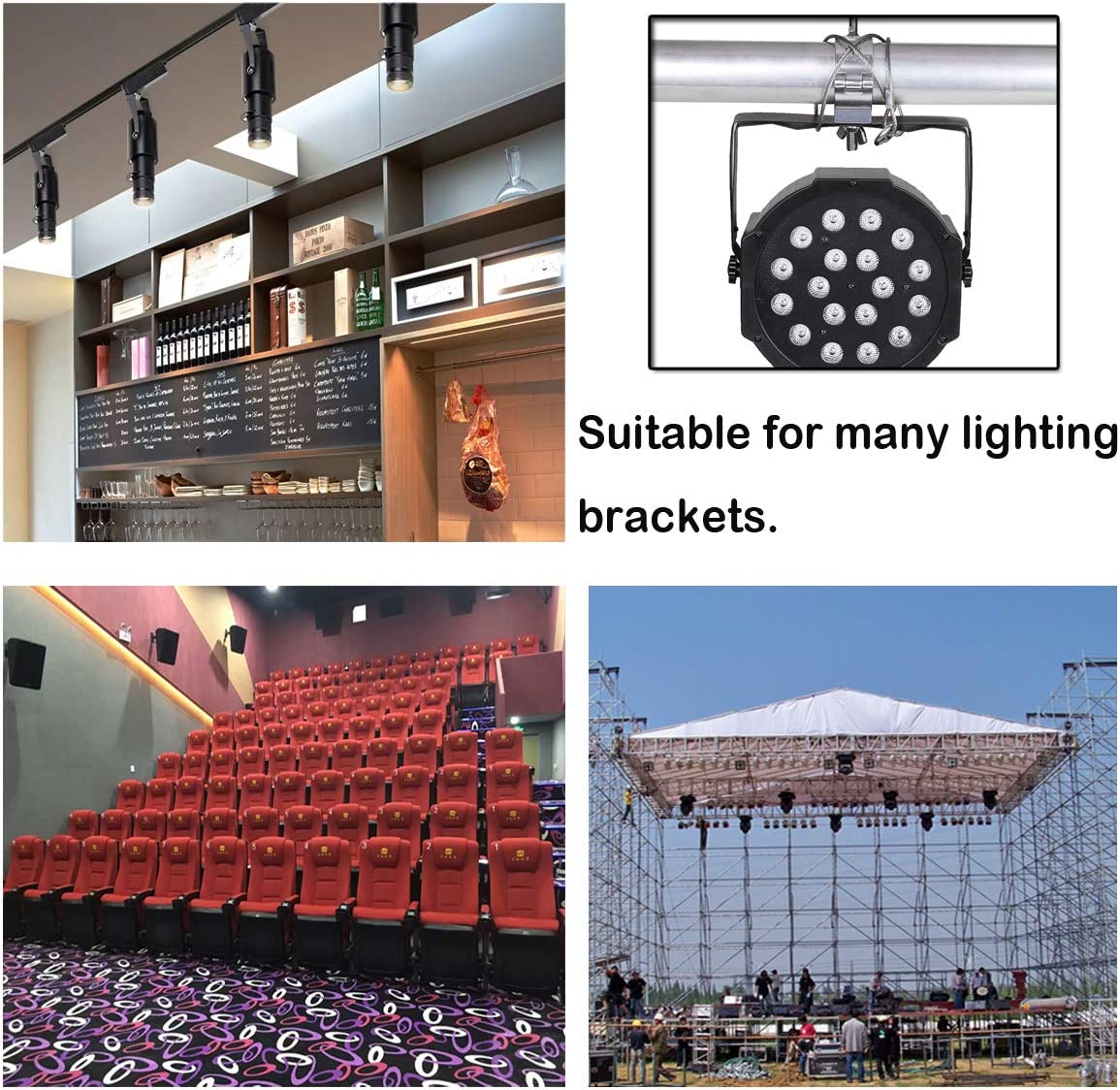
In conclusion, the wire rope assembly with a hook is a versatile tool used for lifting, pulling, and securing heavy loads. By following proper usage guidelines and maintaining regular inspections, you can ensure safe and efficient operation of the assembly, contributing to a safer work environment and preventing accidents or damage.


